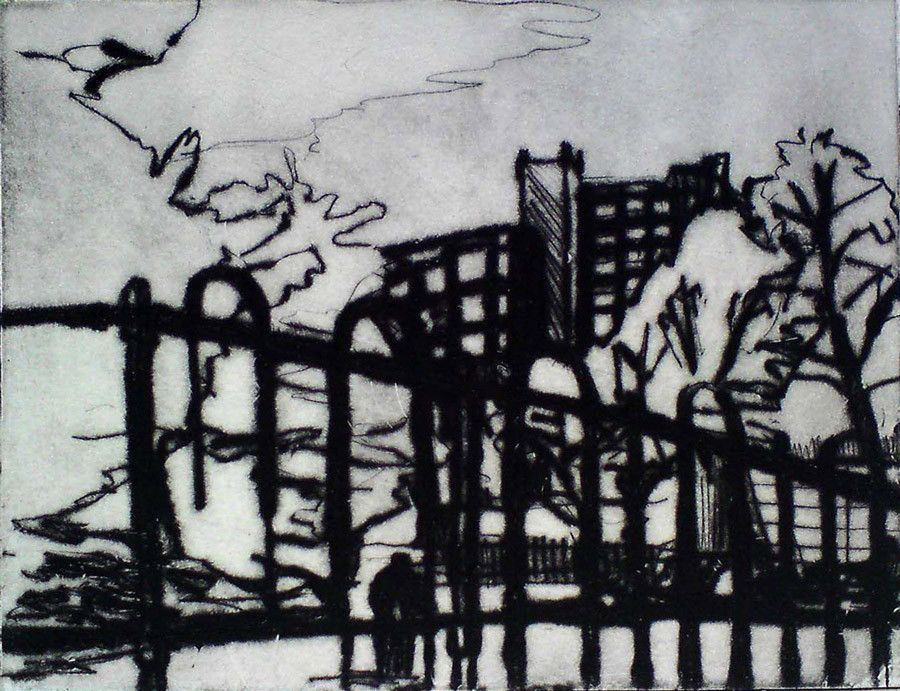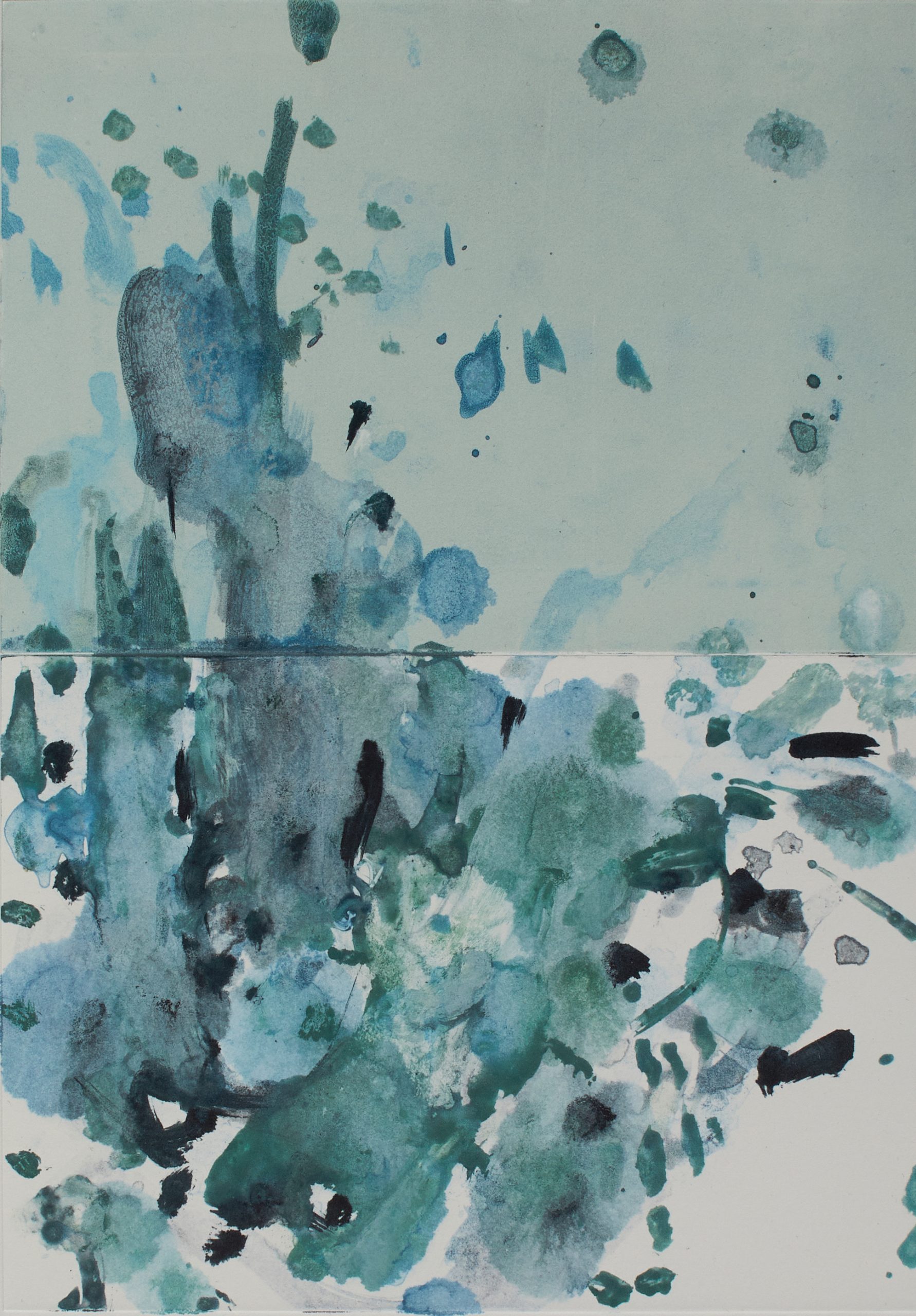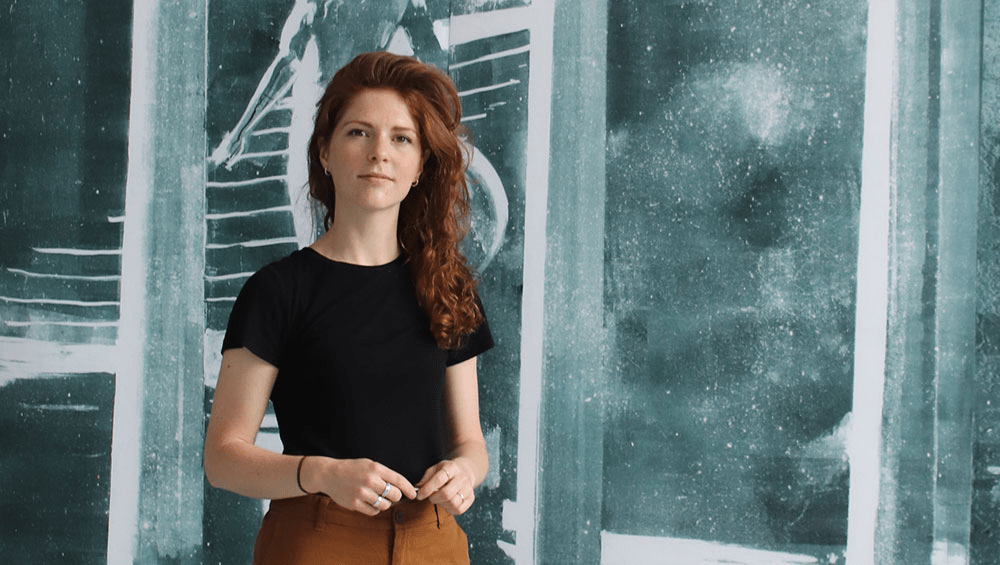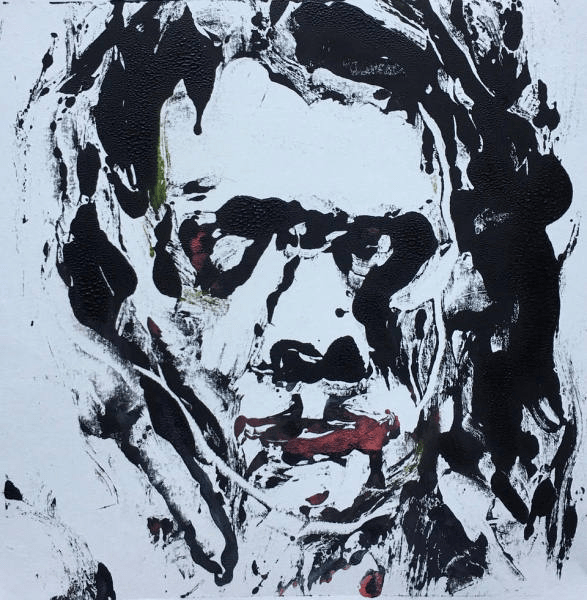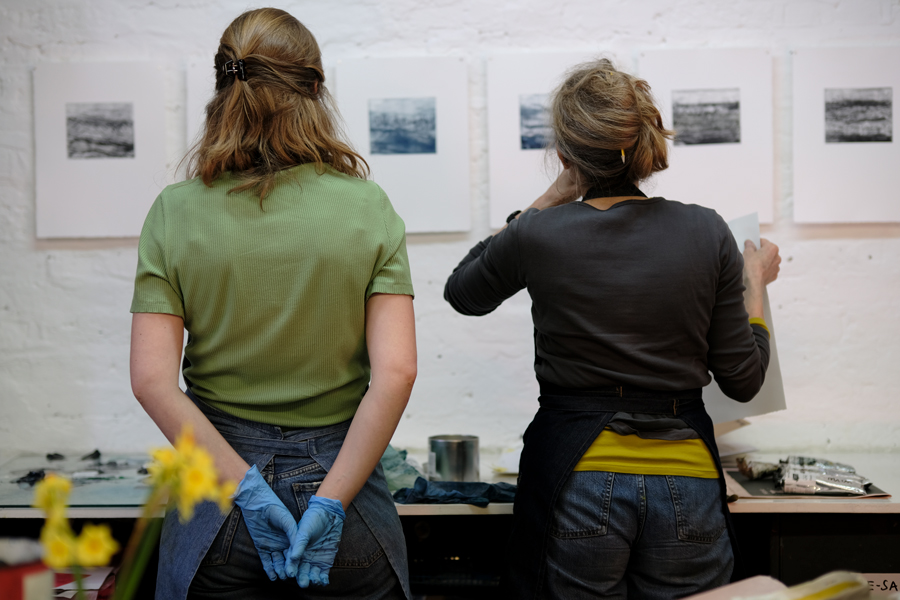
FEATURE
Lithography
An image is painted, drawn or stencilled onto a slab of limestone or a metal plate (often aluminium) with oily materials, including greasy crayons and pencils, special ink called tusche, and photochemical transfers.
TECHNIQUE
Lithography
An image is painted, drawn or stencilled onto a slab of limestone or a metal plate (often aluminium) with oily materials, including greasy crayons and pencils, special ink called tusche, and photochemical transfers.

The image is treated with gum arabic and nitric acid to fix the image areas from the non-printing areas.
When inking up the stone or metal with a roller, the surface is kept wet, so that the oil-based ink only sticks to the image area. Paper is then placed down and the stone or plate is run through a press.
More printmaking techniques
More Features
All featuresArtist talk: Eleanor Watson
Eleanor grapples with her attraction to decorative interiors, finding beauty in pattern, object and light, in this video presentation.
Incredibly dark and incredibly light
“When I’m sitting in a ballet rehearsal I don’t have access to a table or any printing things so I have to make the monoprints from sketches when I get home. There’s a lot of bodies, there’s a lot of faces, a lot of movement.”
With a lot of help from you – our 2024 Crowdfunder story
In May 2024 we ran a Crowdfunder appeal to raise £10,000 for two new presses and improvements to the studio. We are thrilled to say that we exceeded our target with donations of over £11,500.

